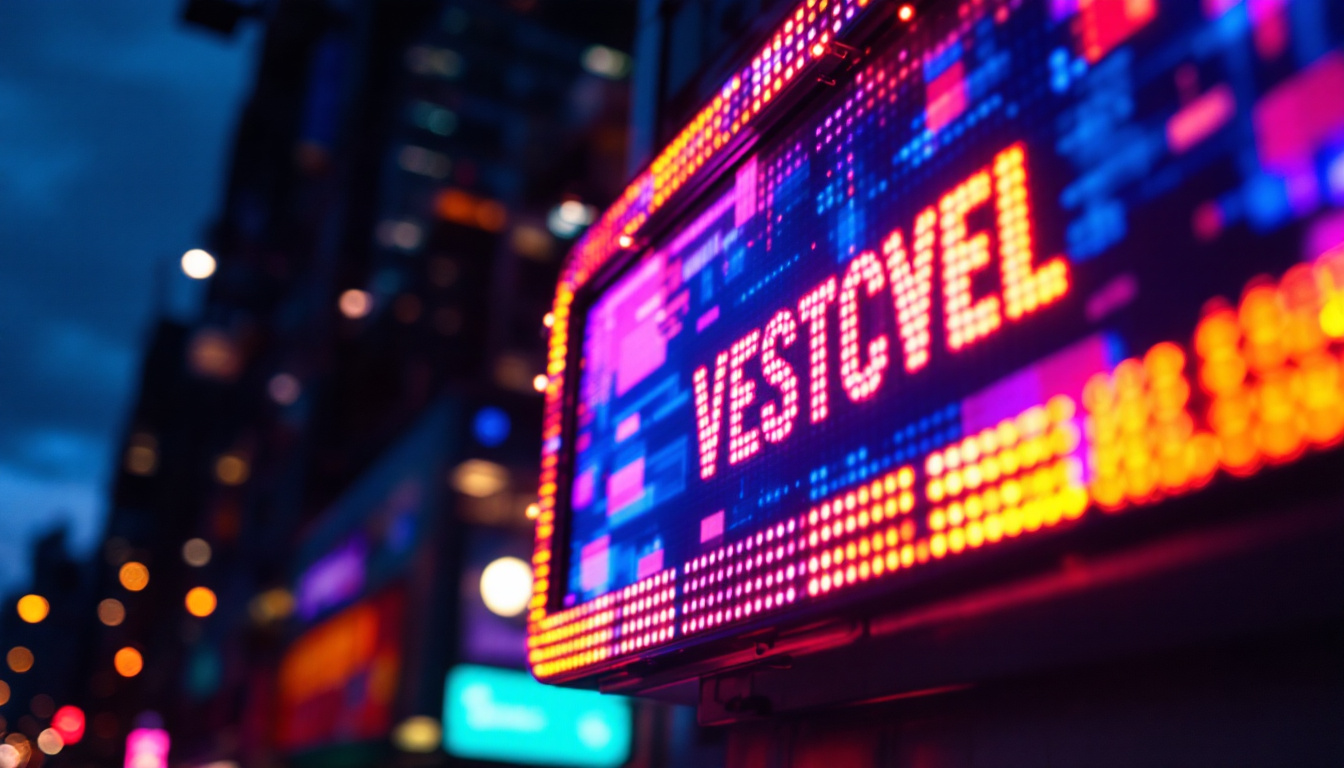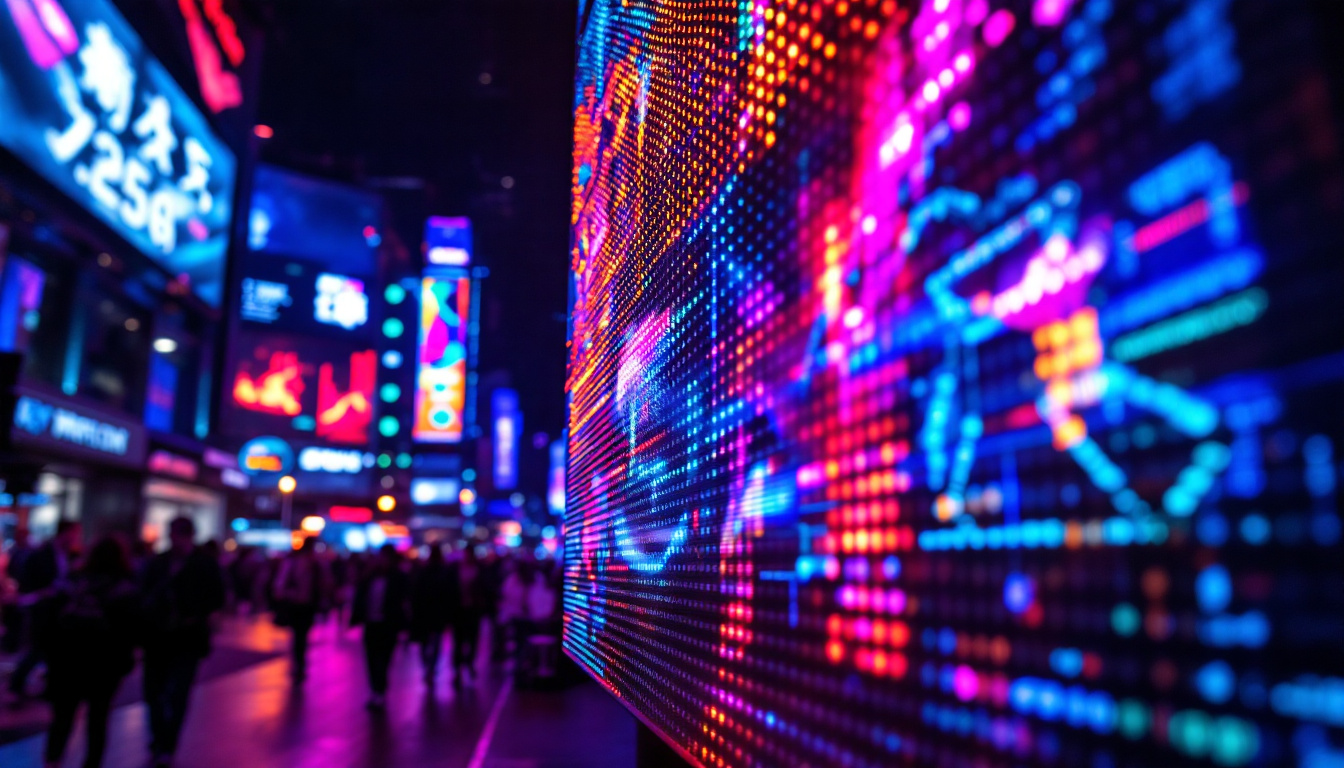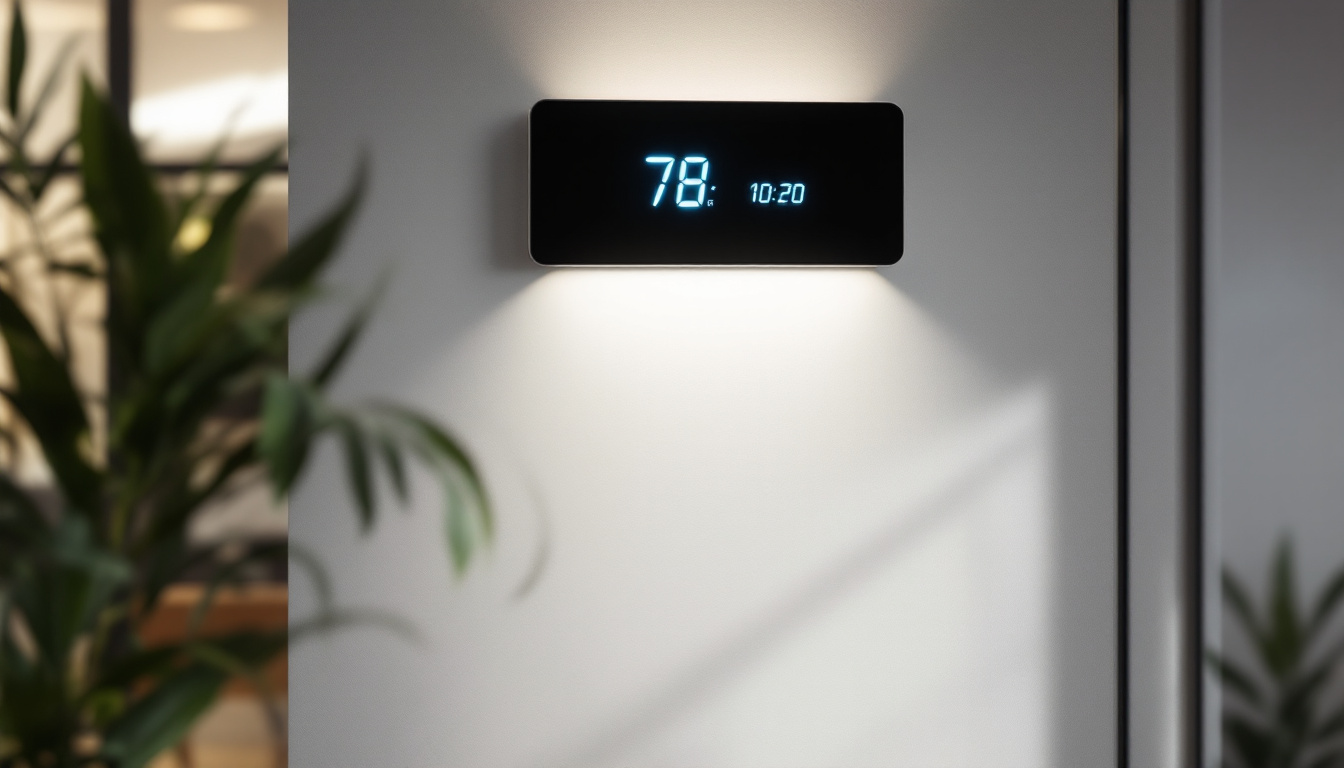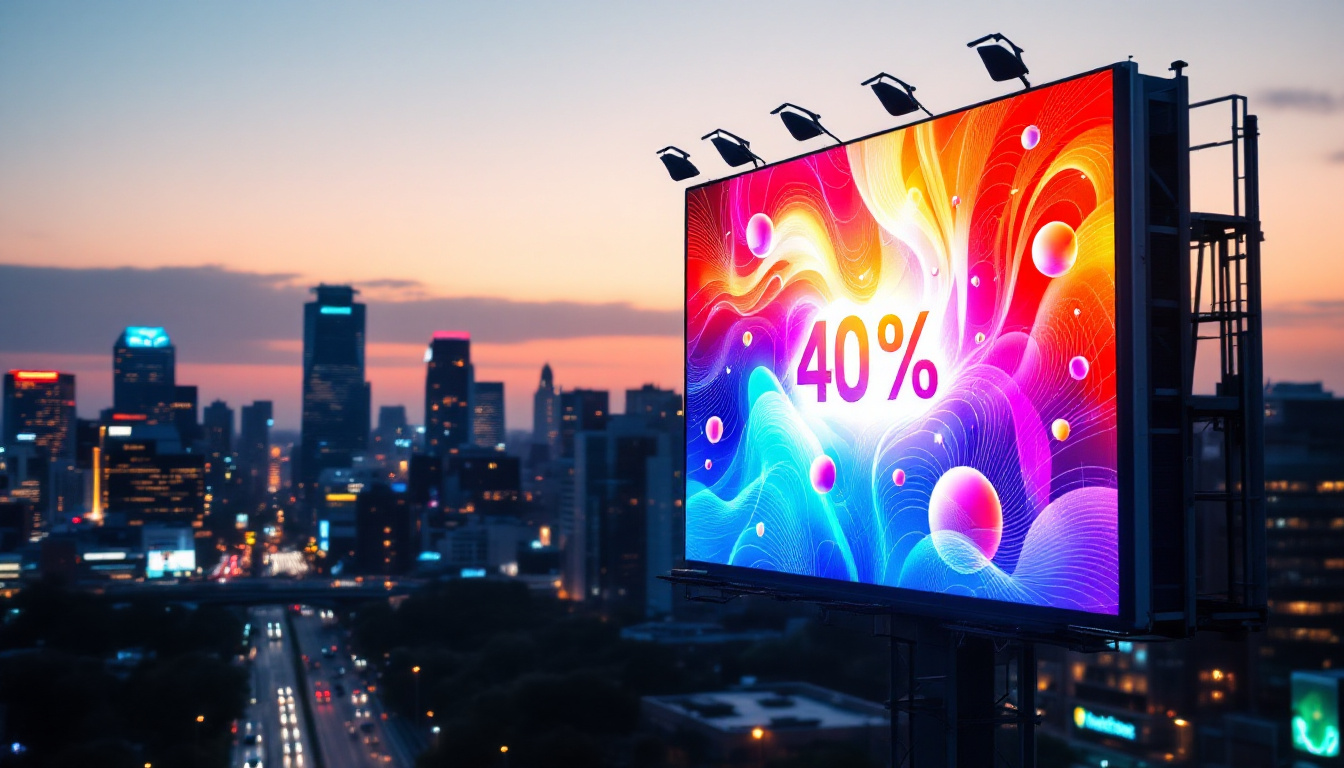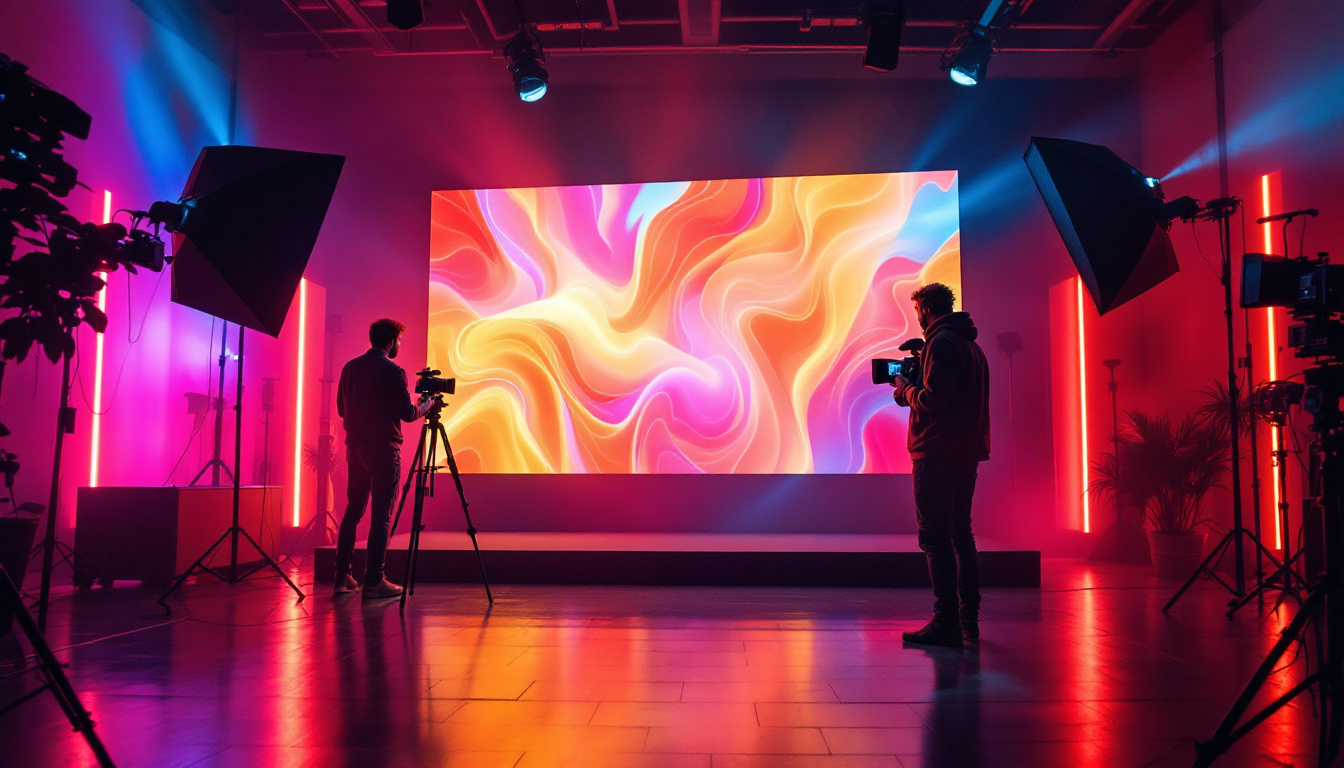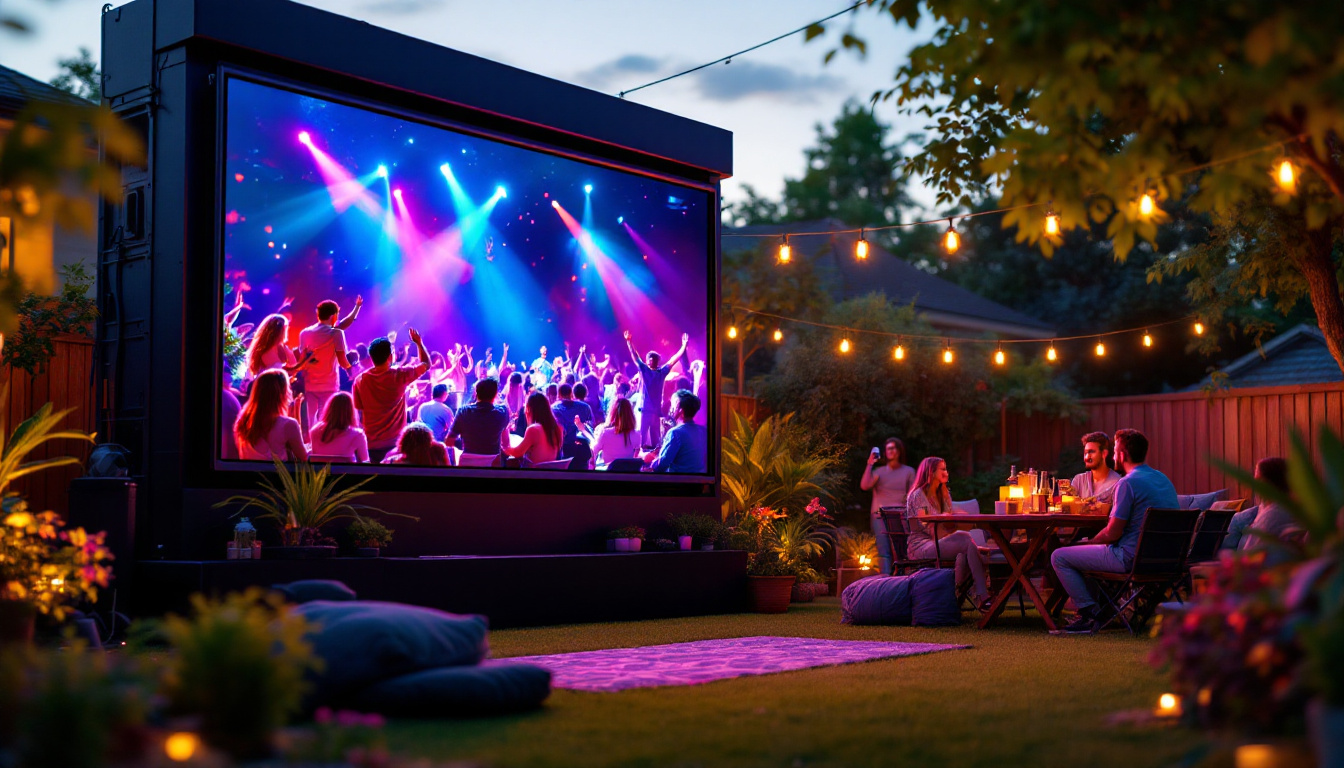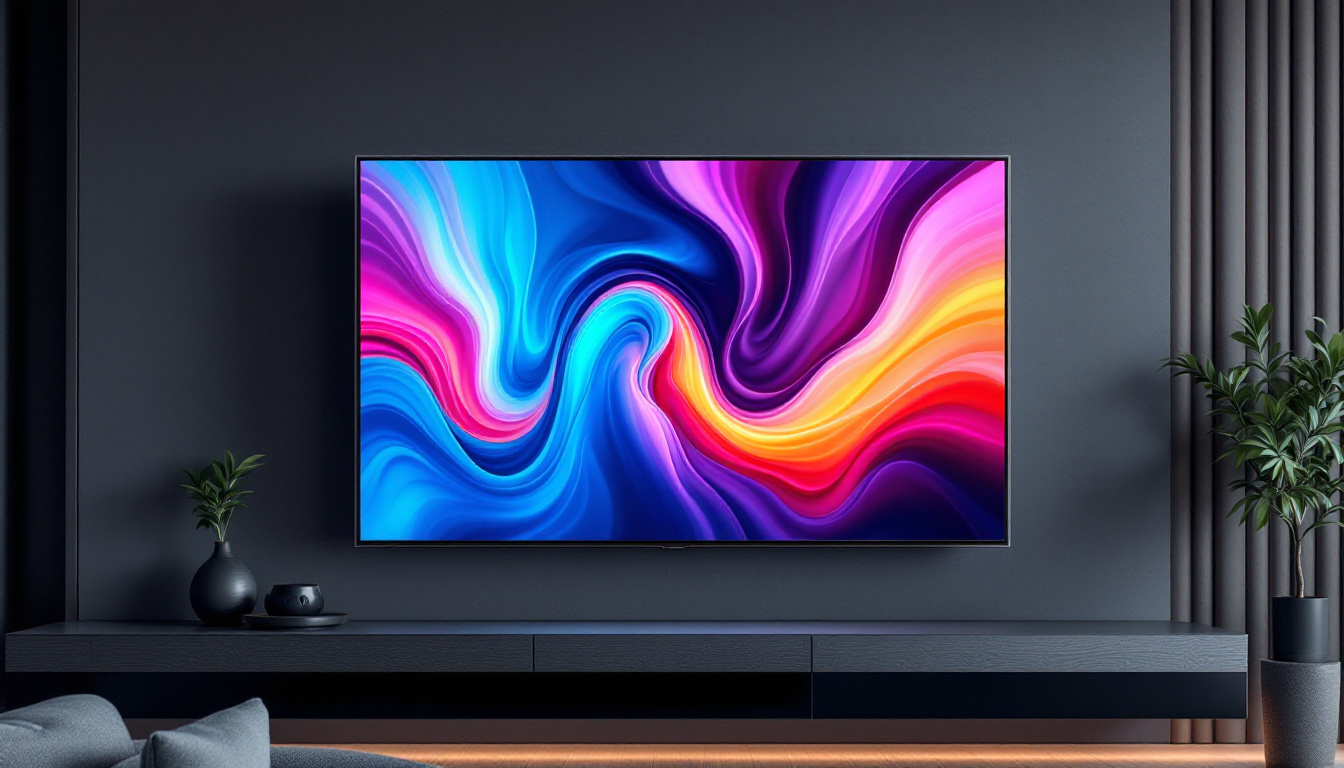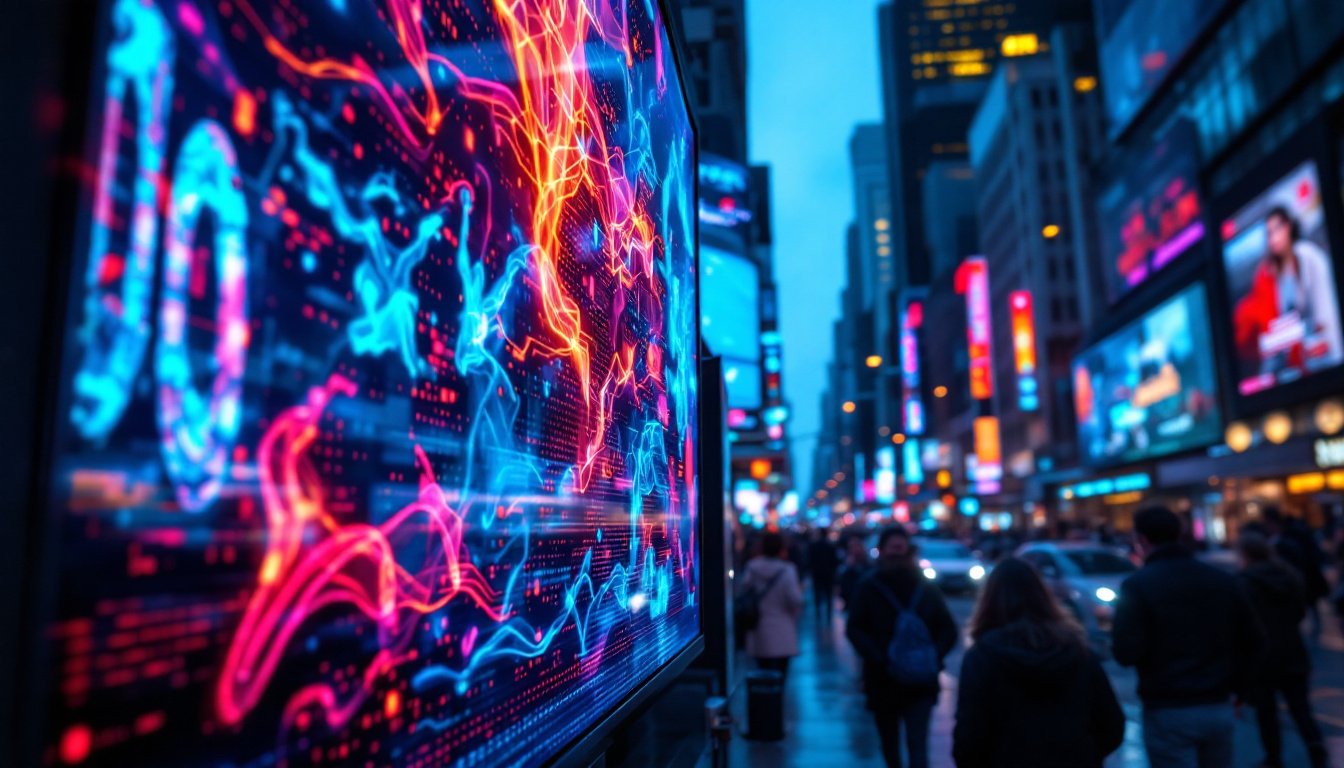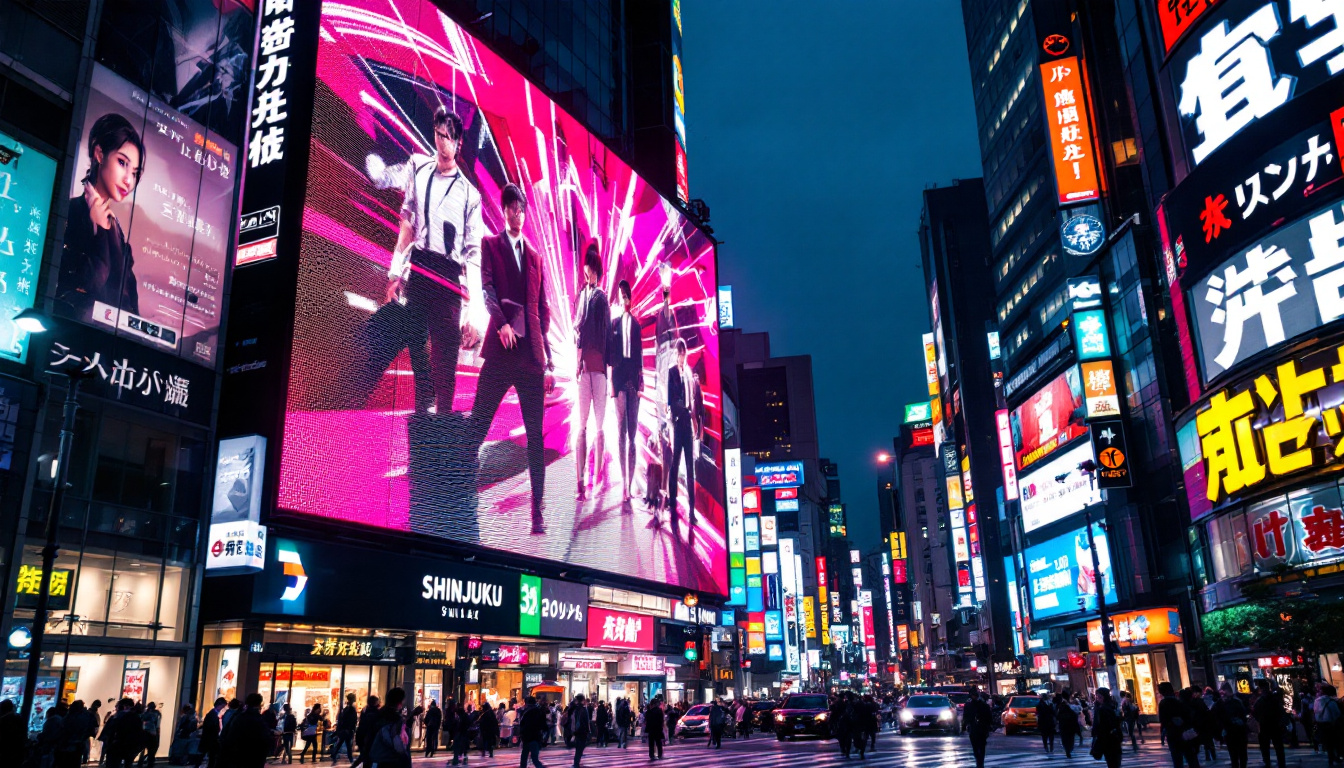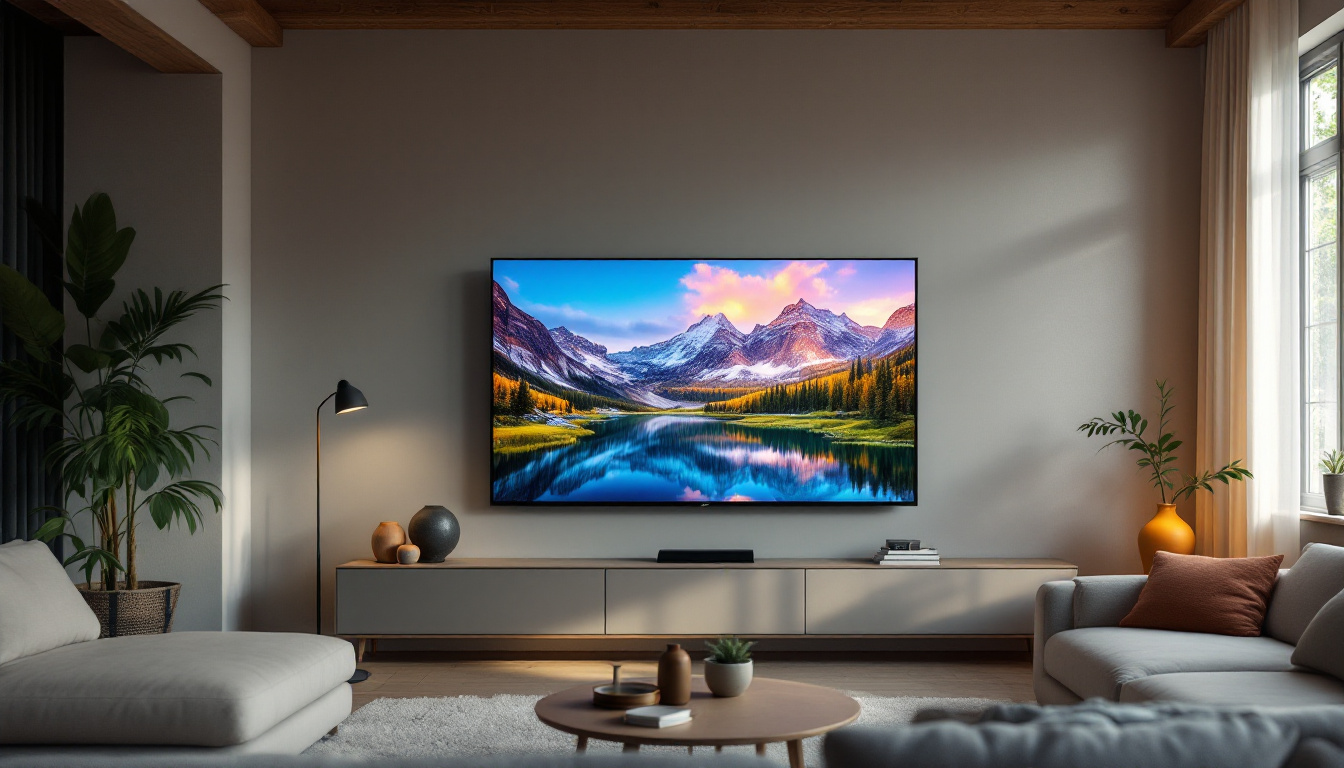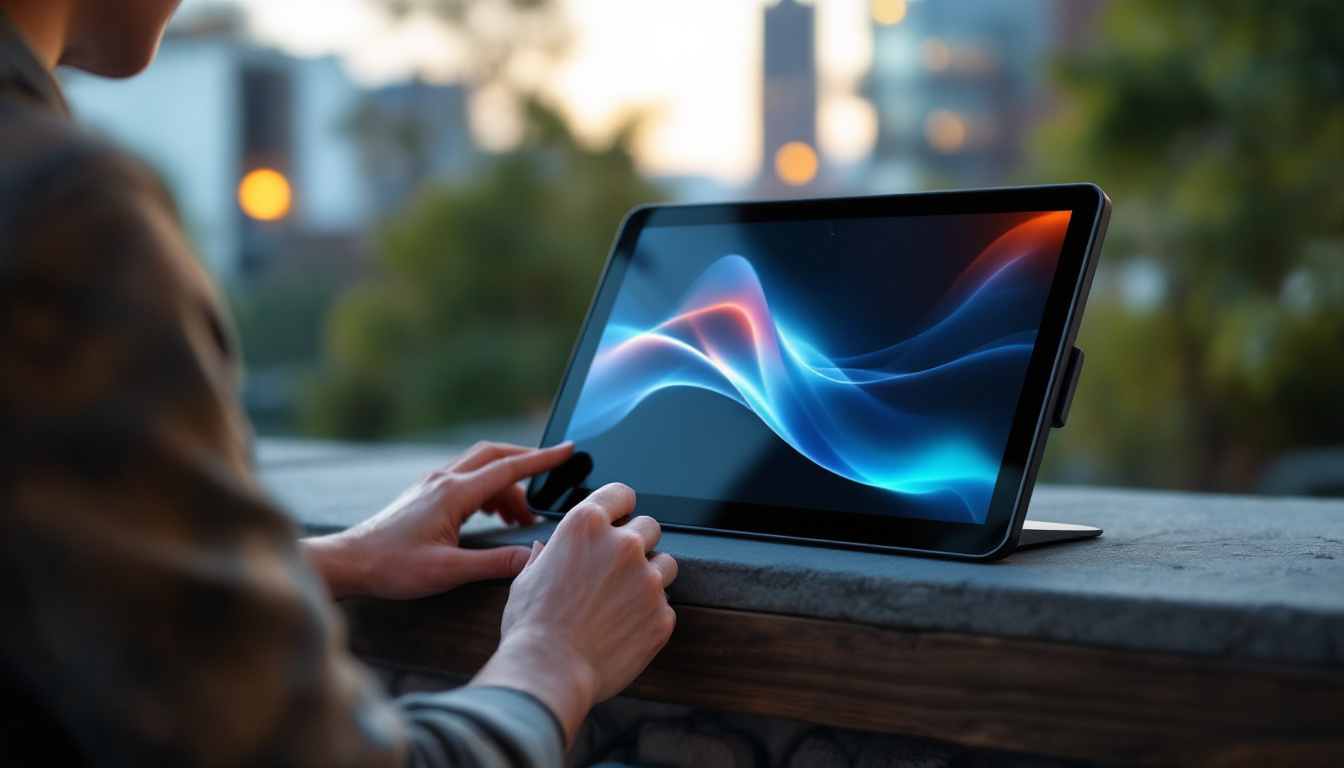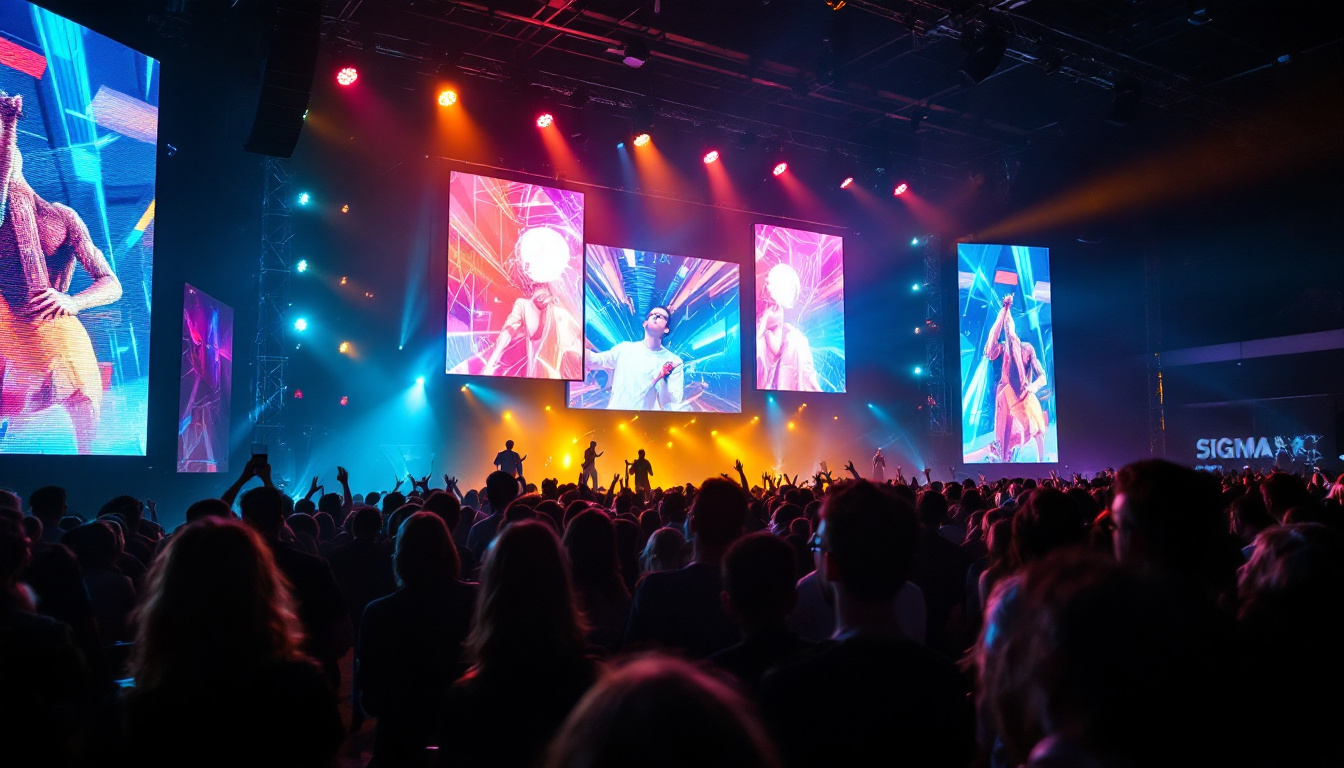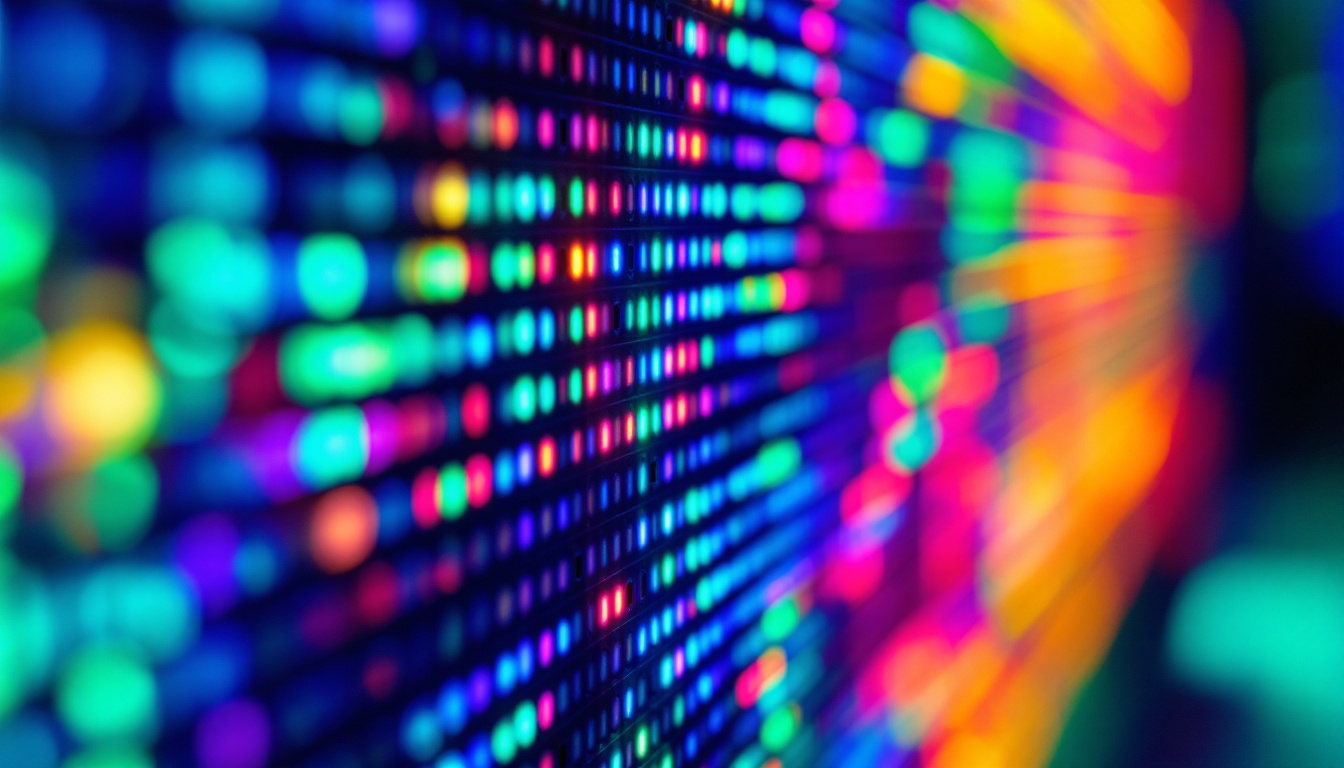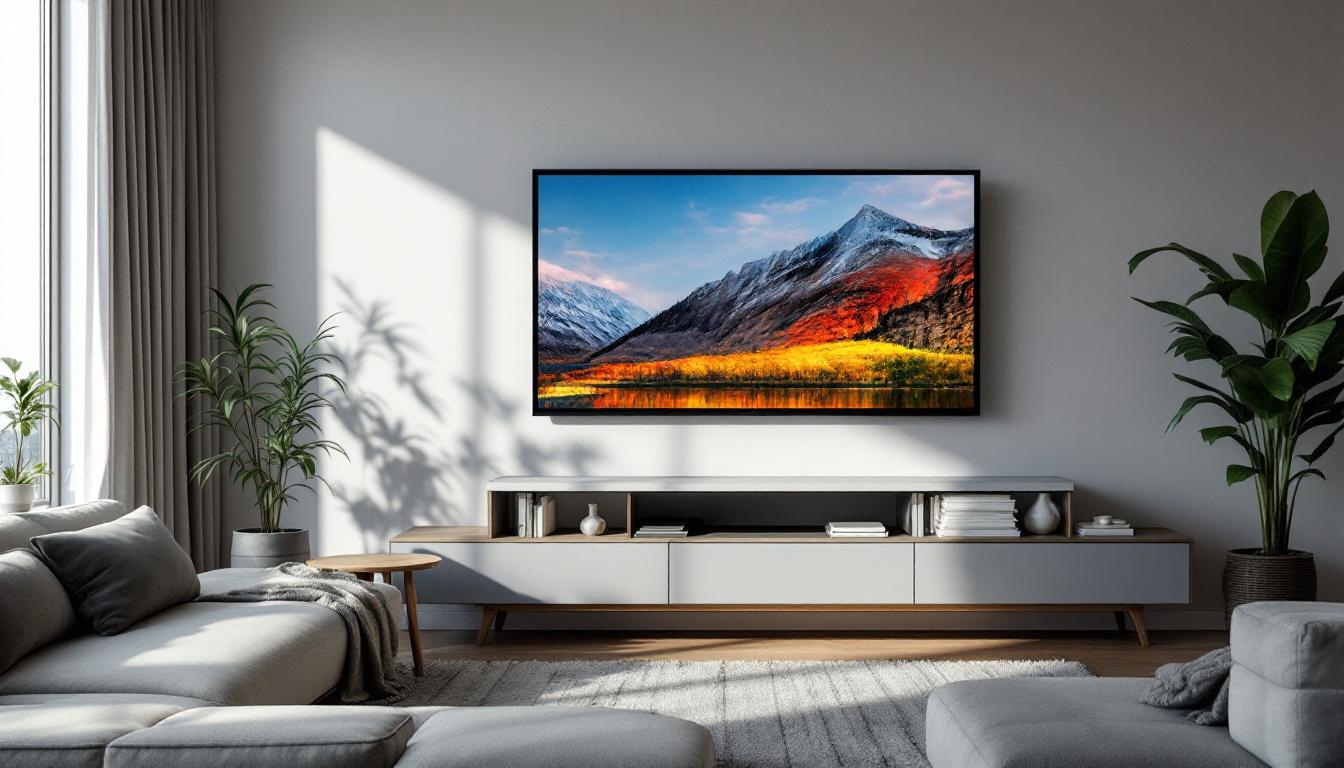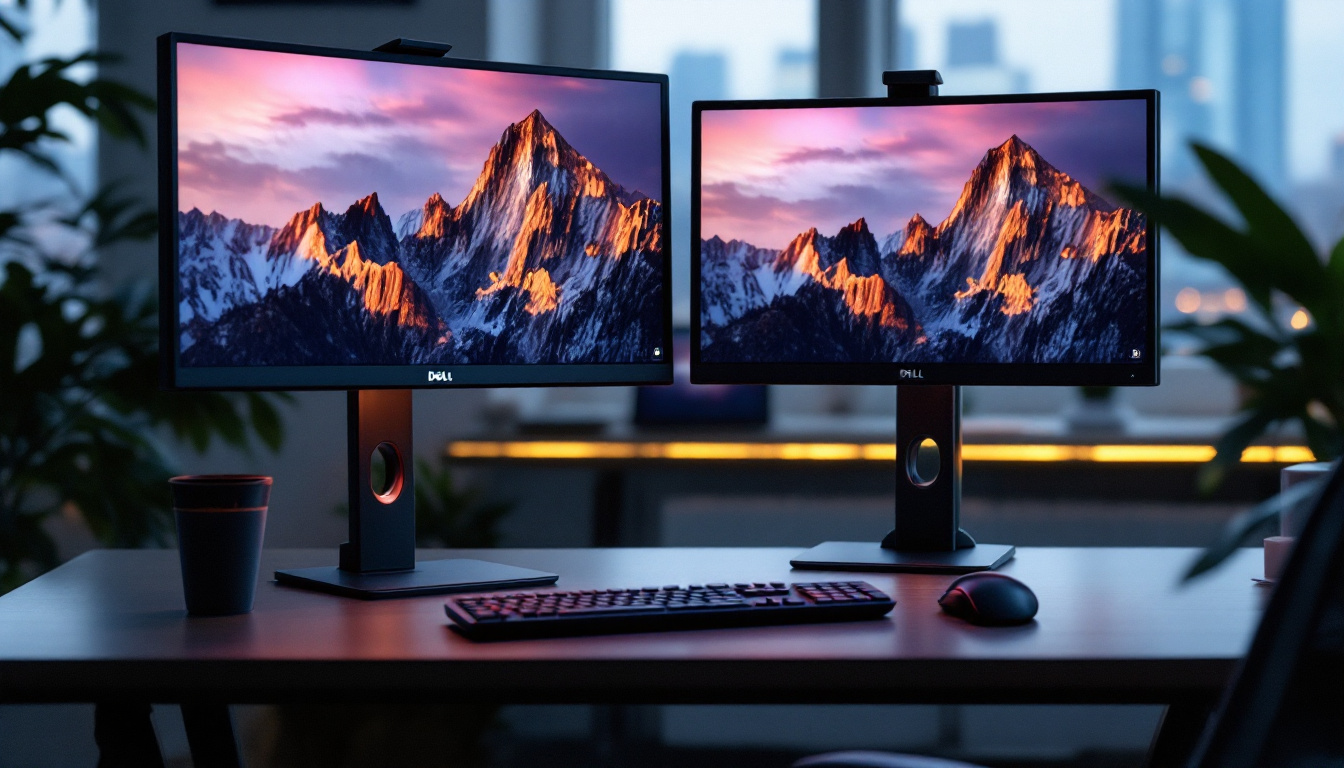In recent years, the demand for large touch screen tablets has surged across various industries, from education and healthcare to retail and corporate environments. These devices offer an interactive experience that enhances collaboration, presentation, and productivity. At the heart of these impressive devices lies the LED display technology, a critical component that determines the quality, responsiveness, and overall user experience.
This article delves deep into the world of LED displays in huge touch screen tablets, explaining the technology, advantages, and factors to consider when choosing the right device for your needs.
Understanding LED Display Technology in Large Touch Screen Tablets
LED, or Light Emitting Diode, displays have become the standard for modern screens, including those used in large touch screen tablets. Unlike traditional LCDs that rely on fluorescent backlighting, LED displays use tiny diodes that emit light when an electric current passes through them. This fundamental difference brings several advantages in terms of brightness, color accuracy, and energy efficiency.
What Makes LED Displays Suitable for Large Screens?
Large touch screen tablets, often ranging from 24 inches to over 50 inches diagonally, require displays that maintain image clarity and responsiveness across a broad surface area. LED technology enables this by providing uniform backlighting and superior brightness levels. This ensures that users experience consistent visuals, whether they are viewing the screen from the center or the edges.
Moreover, LED displays support higher contrast ratios, which means deeper blacks and more vivid colors. This is particularly important for applications like graphic design, video conferencing, and interactive presentations where image quality directly impacts effectiveness.
Types of LED Displays: Edge-Lit vs. Direct-Lit
When exploring LED displays, two main types are commonly used in large touch screen tablets: edge-lit and direct-lit (or full-array) LED panels. Edge-lit LED displays position the LEDs along the edges of the screen, using light guides to distribute illumination. This design allows for thinner and lighter devices but can sometimes lead to uneven brightness.
Direct-lit LED displays place LEDs directly behind the screen in a grid pattern, enabling more uniform lighting and better control of brightness zones. This results in improved contrast and color accuracy, albeit with a slightly thicker panel. For huge touch screen tablets where image quality is paramount, direct-lit LED displays are often preferred.
Key Advantages of LED Displays in Huge Touch Screen Tablets
Understanding the benefits of LED displays helps explain why they dominate the market for large touch screen tablets. These advantages not only improve user experience but also contribute to the device’s durability and energy consumption.
Enhanced Brightness and Visibility
One of the standout features of LED displays is their ability to achieve high brightness levels. This is crucial for large tablets used in environments with variable lighting conditions, such as classrooms, conference rooms, or retail spaces. LED screens can reach brightness levels exceeding 500 nits, ensuring that content remains clear and legible even under direct sunlight or bright indoor lighting.
Energy Efficiency and Longevity
Compared to older display technologies, LED displays consume less power while delivering higher performance. This energy efficiency translates to longer battery life for portable large tablets and reduced operational costs for stationary devices. Additionally, LEDs have a longer lifespan than fluorescent backlights, often lasting upwards of 50,000 hours, which reduces maintenance and replacement costs.
Superior Color Accuracy and Contrast
Color accuracy is essential for professional use cases such as digital art, medical imaging, and video editing. LED displays offer a wider color gamut and better contrast ratios, making colors appear more vibrant and true to life. This enhances the visual experience and ensures that details are not lost in shadows or highlights.
Thin and Lightweight Designs
The compact nature of LED technology allows manufacturers to produce thinner and lighter large touch screen tablets. This improves portability and ease of installation, especially in settings where the device needs to be mounted on walls or moved between locations.
Touch Technology Integration with LED Displays
While LED technology defines the display quality, the touch interface determines how users interact with the device. Combining advanced touch technology with LED displays creates a seamless and responsive user experience.
Capacitive vs. Resistive Touchscreens
Most huge touch screen tablets utilize capacitive touch technology, which detects touch through the electrical properties of the human body. Capacitive screens support multi-touch gestures, such as pinch-to-zoom and swiping, and offer high sensitivity and accuracy.
Resistive touchscreens, on the other hand, rely on pressure applied to the screen and can be operated with a stylus or gloved hands. While resistive screens tend to be less expensive, they generally provide lower clarity and responsiveness compared to capacitive screens, making them less common in high-end large tablets.
In-Cell and On-Cell Touch Integration
Modern LED displays often incorporate touch sensors directly into the display panel through in-cell or on-cell technology. In-cell touch integrates the touch sensors within the LCD layers, reducing thickness and improving clarity. On-cell touch places the sensors on top of the LCD layer but beneath the protective glass.
This integration minimizes parallax and enhances touch responsiveness, which is critical for large tablets where precise input is necessary for tasks like drawing or detailed navigation.
Choosing the Right Huge Touch Screen Tablet with LED Display
With so many options available, selecting the right large touch screen tablet can be challenging. Understanding the key specifications and features related to LED displays will help buyers make informed decisions.
Screen Size and Resolution
Screen size is the most obvious factor when choosing a huge touch screen tablet. Sizes typically range from 24 inches to 55 inches or more. The ideal size depends on the intended use—larger screens are better for collaborative environments, while slightly smaller ones may be more portable.
Resolution is equally important. Full HD (1920×1080 pixels) is standard for many large tablets, but 4K UHD (3840×2160 pixels) displays are becoming increasingly common, especially for professional applications requiring high detail and clarity.
Brightness and Contrast Ratios
Look for tablets with high brightness levels (measured in nits) to ensure visibility in various lighting conditions. Contrast ratio, which measures the difference between the darkest black and brightest white, affects image depth and clarity. A higher contrast ratio typically means better image quality.
Touch Responsiveness and Accuracy
For tasks involving drawing, design, or detailed navigation, touch responsiveness and accuracy are critical. Check the device specifications for touch sampling rate and latency. Lower latency and higher sampling rates result in smoother and more precise touch interactions.
Connectivity and Compatibility
Large touch screen tablets often serve as hubs for collaboration and presentations. Ensure the device supports multiple connectivity options such as HDMI, USB-C, Bluetooth, and Wi-Fi. Compatibility with popular operating systems and software platforms is also essential for seamless integration into existing workflows.
Real-World Applications of Huge Touch Screen Tablets with LED Displays
The versatility of huge touch screen tablets equipped with LED displays has led to widespread adoption across various sectors.
Education and Training
Interactive whiteboards and large tablets have transformed classrooms by enabling dynamic teaching methods. Teachers can annotate, display multimedia content, and engage students through touch interactions. The bright and vivid LED displays ensure visibility for all students, even in large lecture halls.
Healthcare and Medical Imaging
In medical settings, large touch screen tablets with high-resolution LED displays facilitate detailed viewing of diagnostic images such as X-rays and MRIs. The precise touch interface allows healthcare professionals to zoom, annotate, and manipulate images efficiently during consultations and surgeries.
Retail and Hospitality
Retailers use large touch screen tablets as interactive kiosks for product browsing, self-checkout, and customer engagement. The vibrant LED displays attract attention and enhance the shopping experience. In hospitality, these devices serve as digital concierge stations, improving guest services.
Corporate and Creative Workspaces
Businesses leverage huge touch screen tablets for collaborative meetings, brainstorming sessions, and presentations. Creative professionals benefit from the accurate color reproduction and responsive touch for digital art, video editing, and design work.
Future Trends in LED Displays for Large Touch Screen Tablets
The evolution of LED display technology continues to push the boundaries of what huge touch screen tablets can achieve. Emerging trends promise even better performance and new functionalities.
Mini-LED and Micro-LED Displays
Mini-LED and Micro-LED technologies represent the next generation of LED displays. Mini-LED uses thousands of tiny LEDs for backlighting, offering improved contrast and brightness control compared to traditional LEDs. Micro-LED takes this further by using microscopic LEDs as individual pixels, resulting in unparalleled color accuracy, brightness, and energy efficiency.
These advancements will likely become standard in large touch screen tablets, enhancing image quality and reducing power consumption.
Flexible and Transparent LED Displays
Research into flexible and transparent LED displays opens new possibilities for large touch screen tablets. Flexible screens can be curved or rolled, allowing for innovative form factors and portability. Transparent displays enable augmented reality applications by overlaying digital content on real-world views.
Improved Touch Sensitivity and Haptics
Future devices will incorporate advanced touch sensitivity and haptic feedback to simulate textures and provide tactile responses. This will enhance user interaction, making touch experiences more intuitive and immersive.
Conclusion
Huge touch screen tablets equipped with LED displays have revolutionized how people interact with digital content across numerous fields. The superior brightness, color accuracy, energy efficiency, and responsiveness of LED technology make it the ideal choice for large interactive devices.
Understanding the nuances of LED display types, touch integration, and key specifications empowers consumers and businesses to select the right device tailored to their needs. As LED technology continues to evolve, the future promises even more impressive and versatile large touch screen tablets that will further transform communication, collaboration, and creativity.
Explore Cutting-Edge LED Display Solutions with LumenMatrix
Ready to elevate your interactive experiences with the latest in LED display technology? LumenMatrix is at the forefront of innovation, offering a diverse range of LED display solutions tailored to meet your unique needs. From captivating Indoor and Outdoor LED Wall Displays to dynamic Vehicle and Sports LED Displays, and even Custom and All-in-One solutions, LumenMatrix has the technology to transform your space. Discover how our LED Transparent and Floor Displays can revolutionize your visual communication. Check out LumenMatrix LED Display Solutions today and step into the future of digital engagement.


